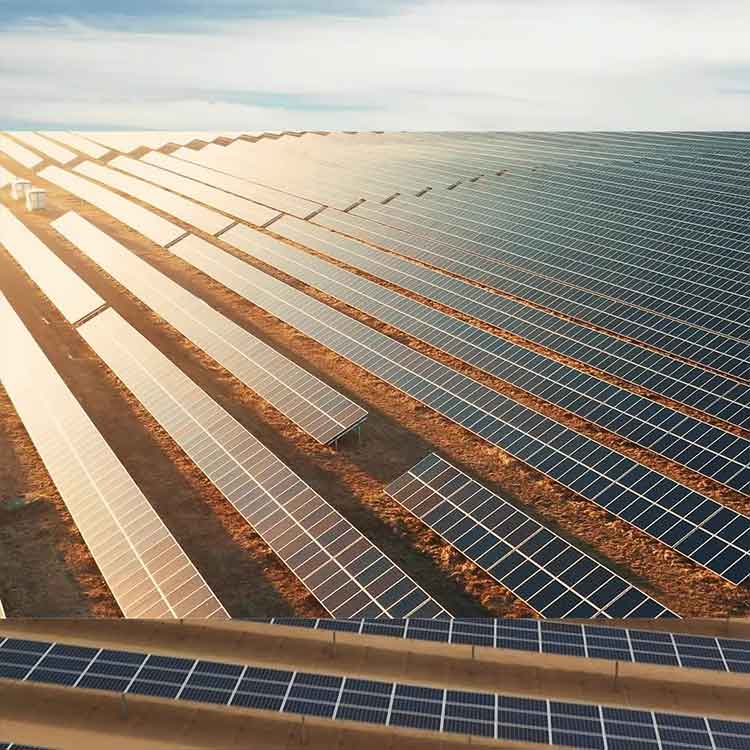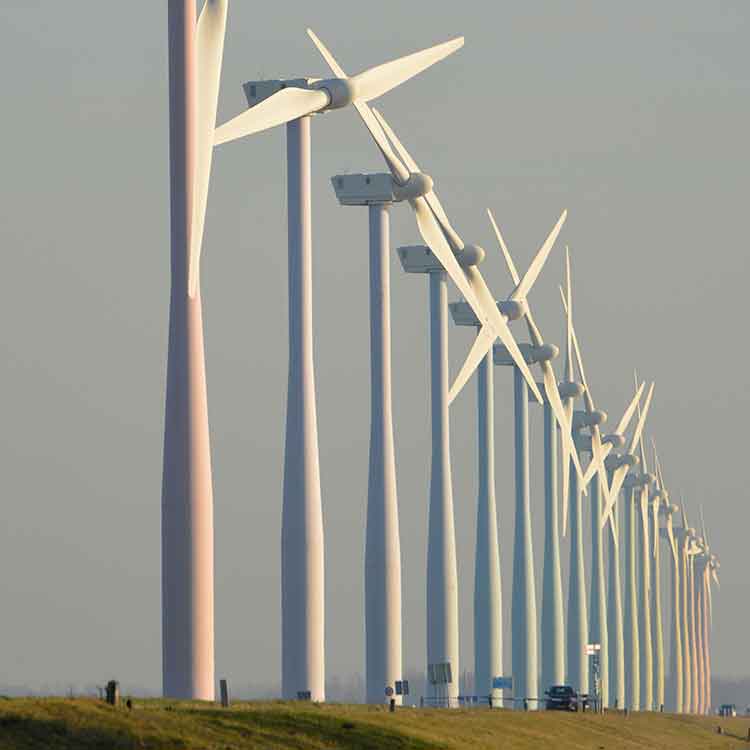As the world continues to shift towards renewable energy sources like solar and wind power, the demand for reliable and durable electrical wiring installations is also increasing. One critical component of these installations is PVC conduit, which is used to protect and route electrical wiring in a variety of applications. PVC conduit offers several advantages over other materials, making it an ideal choice for renewable energy projects.
One of the key benefits of PVC conduit is its durability. PVC is a strong and flexible material that can withstand extreme temperatures, moisture, and UV radiation. This makes PVC conduit an ideal choice for outdoor installations, where it can protect electrical wiring from environmental factors and ensure reliable performance over time.
UV resistance is another important property of PVC conduit that makes it an ideal choice for outdoor installations. UV radiation emitted by the sun can cause some materials to degrade and become brittle over time, which can compromise their performance and reliability. However, PVC is naturally resistant to UV radiation, which means that it can withstand prolonged exposure to sunlight without degrading or losing its properties.
To ensure that PVC conduit meets the necessary standards for UV resistance, manufacturers can perform a variety of tests on their products. One common test is the ASTM D2565-99 test, which measures the ability of a material to resist UV degradation over time. In this test, PVC conduit samples are exposed to UV radiation for a specified amount of time, and then evaluated for changes in their physical properties, such as tensile strength and flexibility.
Another test commonly used to evaluate the UV resistance of PVC conduit is the ASTM G154 test, which simulates the effects of outdoor weathering on materials. In this test, PVC conduit samples are exposed to a combination of UV radiation and moisture, which can accelerate the degradation of some materials. PVC conduit that passes this test is considered to have excellent resistance to UV radiation and other environmental factors.
In addition to its durability and UV resistance, PVC conduit is also lightweight and easy to install. PVC conduit can be cut to size and bent as needed to fit around obstacles or follow the contours of a building, making it a versatile choice for complex installations. PVC conduit is also available in a range of sizes and colors, allowing contractors and installers to choose the right product for their specific application.
As the demand for renewable energy projects continues to grow, the use of PVC conduit is also increasing. For example, in solar power installations, PVC conduit is used to protect the wiring that connects solar panels to the inverter, which converts the DC power generated by the panels into AC power that can be used in homes and businesses. PVC conduit is also used to protect wiring in wind turbine installations, where it can withstand the harsh conditions of high-altitude environments.
In addition to its use in renewable energy installations, PVC conduit is also useful in a variety of other applications, such as commercial and industrial electrical installations. PVC conduit can be used to protect wiring in underground installations, where it can resist corrosion and other environmental factors that can damage other types of conduit.
The demand for renewable energy projects is expected to continue to grow in the coming years. According to a report by the International Energy Agency, renewable energy sources are expected to account for 90% of new power capacity additions globally by 2025. This growth in renewable energy installations is likely to drive an increase in demand for PVC conduit to protect and route the electrical wiring in these projects.
Here are some photos for the use of PVC conduit in renewable energy projects:
PVC conduit is commonly used in solar panel installations to protect the wiring that connects the panels to the inverter. This photo shows the a certain project that solar panel installation with PVC conduit used to route the wiring and protect it from the elements.
Wind turbines can be located in remote, high-altitude environments where extreme weather conditions and strong winds can pose a threat to electrical wiring. PVC conduit is used in wind turbine installations to protect the wiring and ensure reliable performance over time. This photo shows a wind turbine installation with PVC conduit used to protect the wiring that connects the turbine to the power grid.
In commercial and industrial electrical installations, PVC conduit is commonly used to protect wiring in underground installations. This photo shows a commercial building with underground PVC conduit used to protect the wiring that powers the building’s lighting and electrical systems.
Overall, the use of PVC conduit in renewable energy installations is a critical component of these projects. PVC conduit offers durability, flexibility, and ease of installation, making it an ideal choice for complex electrical wiring installations. The natural UV resistance of PVC conduit, combined with its ability to withstand extreme temperatures and moisture, makes it a reliable solution for protecting electrical wiring in outdoor installations. As the demand for renewable energy sources continues to grow, the use of PVC conduit is likely to become even more important in ensuring the reliable performance of these installations.






